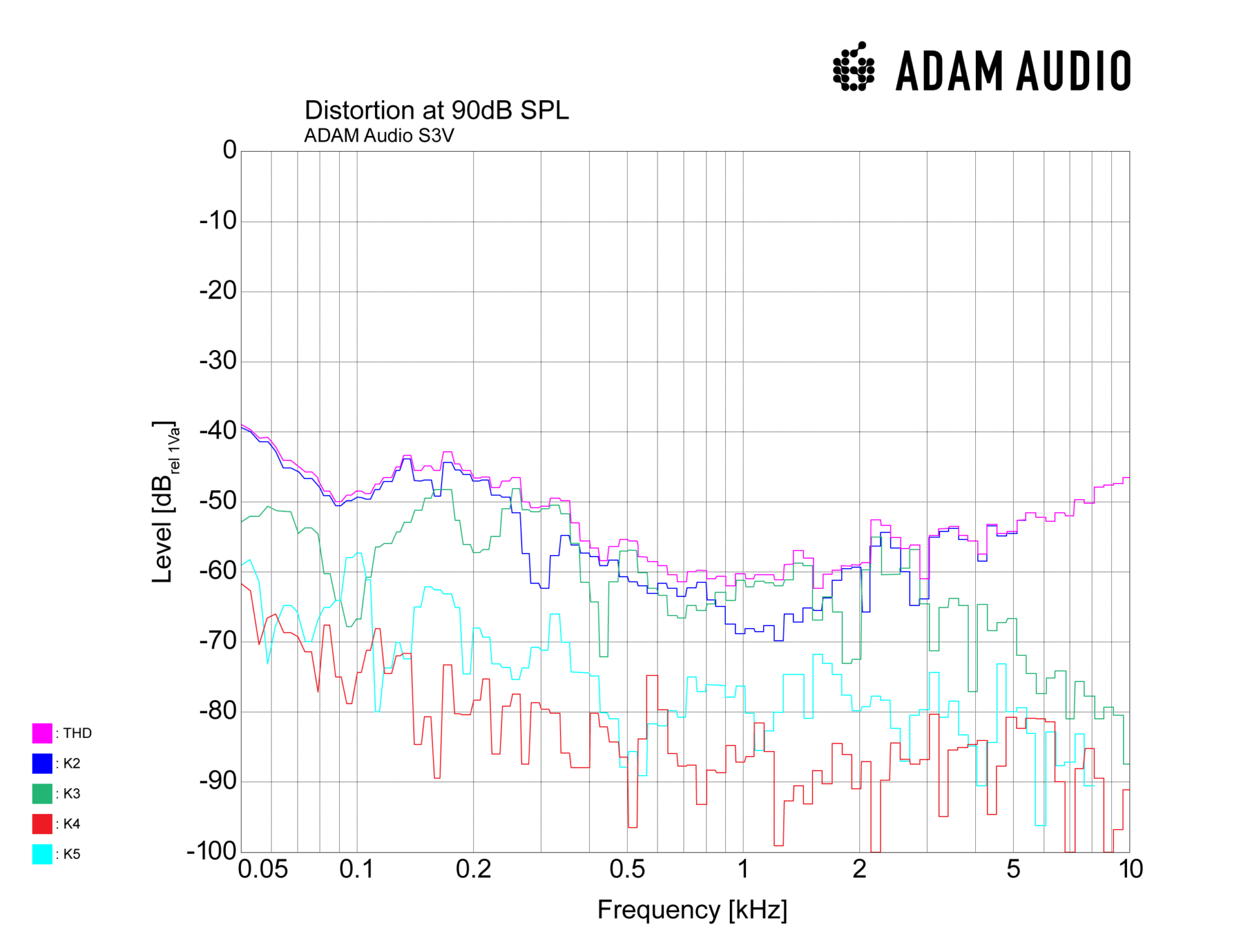If I remember the LS50W have very rudimentary boundary filters, I would have set those to the appropriate setting, you can’t really expect deeper bass from the same driver in an identical volume enclosure, I thought the bass punchier from the active version and they are very versatile and easy for the whole family to enjoy.
Keith
Not saying I disagree with you about the LS50W, but the point about drivers and enclosures surely isn't true? Unless I'm misunderstanding you.
For instance, the active $4,000 Bowers and Wilkins Formation Duo apparently use an identical 6.5" woofer to the $6,000 805 D3. B&W rates the 805 D3, which has a bass port, down to 42 Hz (-3dB). The Duo have a significantly smaller enclosure and are not ported, but are rated to 25 hz. They quite easily reach 20Hz in my room... and that's before turning up the bass in app. Speaking purely from a bass extension standpoint, that's better than Focal's Kanta No 3 did in my same space, despite the latter being a 50"- tall tower with two 8-inch bass drivers, and a much higher price tag. I'm sure the Kanta could play louder while maintaining those bass levels, but still.
I know you're all for active speakers too, just pointing out a case where a known 6.5-inch woofer has been optimized far beyond its closest passive implementation thanks to active crossovers and DSP.
The problem for most audiophiles is probably that they can't choose there amps, etc. or use their existing ones when buying an active speaker, as mentioned several times before in this thread.
But most of them probably miss and/or don't understand the most important advantage of an active speaker: The active crossover (where IMHO the name comes from) and the position of the amps in the signal chain.
It would be possible to sell active (, but not powered) loudspeakers with an external analog active crossover or a DSP, so you can choose your Amp(s) and DAC(s) youreself. But then you have defenetly too much cables that can be connected the wrong way by the buyer.
For me as a DIYer however it is easier to build an active loudspeaker with external Amp, DAC and DSP, so I don't have to squeeze the electronics into the speaker.
Personally I would never switch back to passive, because for me it makes much more sense to put an active crossover in front of the amps and amp each driver seperately.
That does not mean that I think any active loudspeaker is superior to any passive. But if you want to develop the best possible speaker, you sure have to go with an active crossover and EQ.
I think your last sentence two sentences really sum it up. In practice, not all active speakers will be better, but they pretty much all have the _potential_ to be better than the equivalent passive design. Active simply gives you more tools with which to design a good speaker. I definitely think it could be interesting to see external active crossovers and DSP in the future.
In fact, I fully expect that to become more common as active becomes the norm and the hi-fi world tries to figure out how to keep providing the mix-and-match 'fun' of passive speakers. I put fun in quotes because that is one part of this hobby I do not enjoy at all - and I suspect a lot of younger buyers feel similarly.

